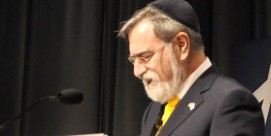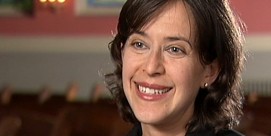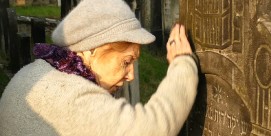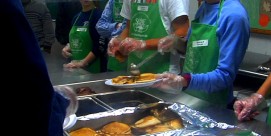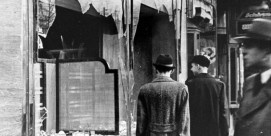Yom HaShoah
Watch artist Mark Podwal, writer and executive producer of the documentary film HOUSE OF LIFE, talk about Yom HaShoah, memory, remembrance, and Prague’s old Jewish cemetery:
In essence, Yom HaShoah is a kaddish for the victims.
I’ve seen in Yom HaShoah ceremonies where six candles will be lit on a menorah to memorialize the six million Jewish victims of the Nazis.
The old Jewish cemetery in Prague, where the first tombstone dates from 1439, the tombstone of Rabbi Avigdor Karo—that cemetery is a physical representation of memory in many ways. For example, the crowdedness of the cemetery—because they weren’t able really to expand the space for burials they had to then add additional layers of earth, and in some parts of the cemetery there are 12 layers of earth that were added, so that there were 12 bodies buried one on top of each other. A certain amount of earth was added between the layers that was described in the Talmud how much earth would have to be between burials, and it was the tradition to raise the tombstones from the lower levels to the upper levels, and that’s why the tombstones are so close to each other, because in some places they represent the numerous bodies that are underneath those tombstones.
This is a source of beautiful poetry, and it’s really an archive in stone. Memory and remembrance is central to Judaism. In Jewish history and tradition all things are somehow connected.
In the Jewish cemetery in Prague, as in all Jewish cemeteries, when visitors visit a grave they’ll put a stone on the grave as a marker that they were there, and there are many things in Judaism that commemorate remembrance.
In the Pinkas Synagogue there’s the names inscribed on the wall of the 77,000 victims of the Nazis from Bohemia and Moravia. Now because there are so many names, the way they were inscribed there would be the family name in red and then the names of the members of that family in black. These names were put on the walls, I think in the 1950s initially, as a memorial to the Holocaust, and then the Communists said that there were water problems in the walls, and what they did was they closed the Pinkas Synagogue, which wasn’t being used as a synagogue, but as a memorial. They closed it for tourism, and they whitewashed the walls, and in the early 1990s the names were reinscribed on the walls.
All these names—they’re graves on a tiny piece of wall.

